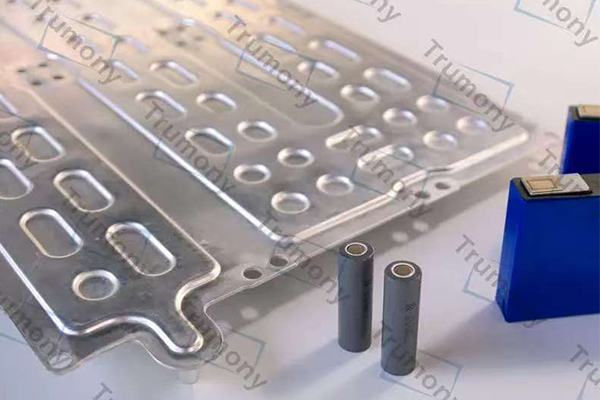Overview of Liquid Cooling Systems
Battery liquid cooling systems are advanced thermal management solutions designed to maintain stable temperatures in high-performance battery packs used in electric vehicles (EVs) and large-scale energy storage systems (ESS). Compared with traditional air cooling—which often struggles with high heat loads—liquid cooling provides precise and efficient heat dissipation, reducing overheating risks and extending battery lifespan.
How the System Operates
A heat-conductive coolant, typically a non-flammable water-ethylene glycol mixture with a low freezing point, circulates through plates or channels in direct contact with battery cells. As the coolant flows, it absorbs heat generated during charging, discharging, or high-power operation.
The warmed coolant then moves through a heat exchanger or radiator, releasing heat to the ambient environment or a secondary cooling loop before returning to the battery pack. Integrated temperature sensors and a central controller regulate coolant flow in real time, ensuring that battery temperatures remain within the optimal 20–40°C range, preventing both excessive heat and unnecessary cooling.
Advantages Over Air Cooling
Liquid cooling systems provide several key performance benefits:
Higher heat transfer efficiency, reducing temperature fluctuations by up to 50%
More uniform temperature distribution across battery cells, preventing hotspots that accelerate degradation.
Strong compatibility with high-power battery packs, supporting fast-charging requirements in EVs.
Compact structural design suitable for space-constrained EV battery enclosures and ESS cabinets.
Key Application Scenarios
These systems are widely used in pure electric and hybrid EVs, enabling longer driving ranges and rapid charging. They are also integral to grid-scale ESS, where stable thermal management is essential for continuous operation. In industrial battery systems—such as forklifts and backup power units—liquid cooling ensures consistent performance and reliability.
Market Trends and Future Outlook
With rising global demand for EVs and renewable energy storage, the market for liquid cooling technology continues to expand. Advancements such as microchannel heat exchangers, intelligent adaptive control algorithms, and eco-friendly coolant formulations are further improving system efficiency and reducing environmental impact.
Battery liquid cooling systems not only protect critical energy assets but also facilitate the broader adoption of clean energy technologies, making them indispensable components of a sustainable energy future.

